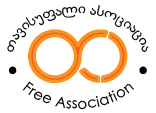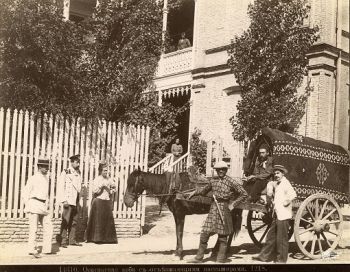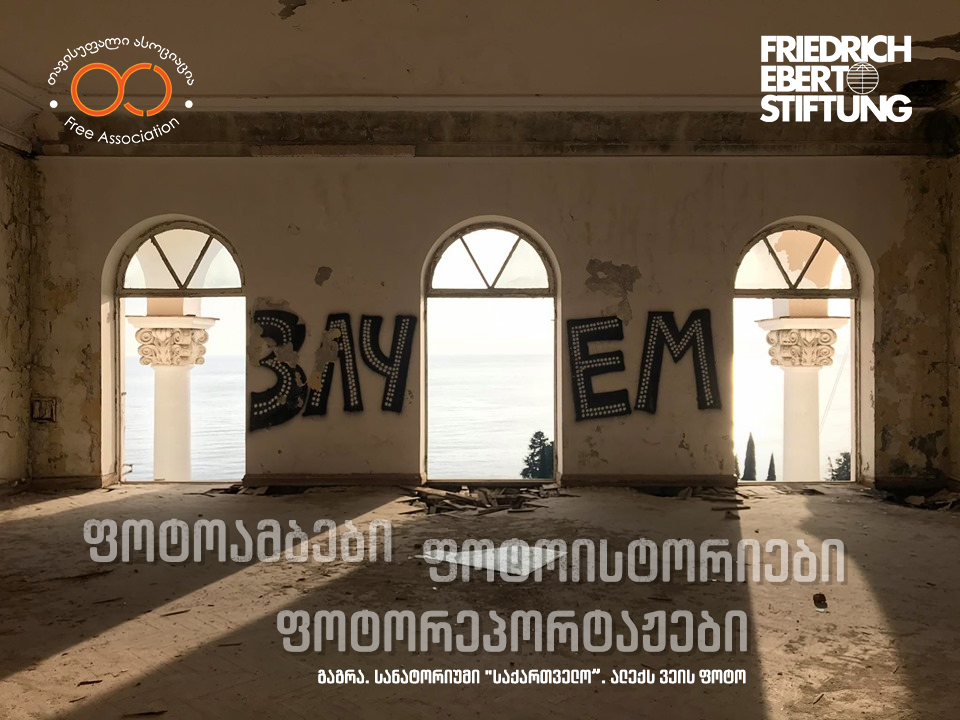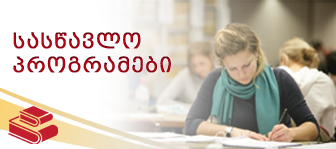ოსებში დასახლების ორი ტიპი იყო გავრცელებული: მთის და ბარის. მთაში სოფელი (კაუ) შედარებით პატარა იყო. სახლის ყველაზე დიდი ოთახის (ხაძარ) ცენტრში იყო კერა ღია საკვამურით, კერის თავზე ეკიდა ჯაჭვი ქვაბისთვის. კერა იყო ოჯახის ერთიანობის სიმბოლო, რომელიც ყოფდა ხაძარს ქალისა და მამაკაცის მხარეებად. მამაკაცთა მხარეს კედელზე კიდებდნენ იარაღს, რქებს, მუსიკალურ ინსტრუმენტებს. აქ იდგა ოჯახის უფროსისათვის განკუთვნილი ხის, მოჩუქურთმებული მომრგვალებული სავარძელი. ქალების მხარეს იყო განთავსებული საოჯახო ნივთები.
ოსებს ჰქონდათ სადარაჯო, საბრძოლო და საცხოვრებელი კოშკები. ასეთი კოშკების ქვედა სართული სამეურნეო დანიშნულების იყო, ზედა სართულები საცხოვრებლად, ხოლო ბოლო სართული სათვალთვალოდ გამოიყენებოდა, მას სათოფურები დაუყვებოდა. საცხოვრებელ კოშკებს (განახ) მთაში აშენებდნენ.

ოსების ტარადიციული ჩაცმულობა ჩრდილო კავკასიურის მსგავსია. მამაკაცს ემოსა ჩოხა (ცუხა), ახალუხი (კუირატ) და შარვლი (სალბარ). ზამთარში იცვამდნენ ქურქს და ნაბადს. თავზე ეხურათ ფაფახი ან ქეჩის ქუდი. ქალის ტანსაცმელი იყო გრძელი კაბა (კაბა). გრძელი და განიერი, ზოგჯერ ვიწრო სწორი სახელოებით. კაბის შიგნით ეცვათ კაბის ფერისაგან განსხვავებული ფერის ქვედაბოლო. ატარებდნენ ნაქარგიან ქამარს, რომლის ქვეშ იმაგრებდნენ წინსაფარს. თავზე ეხურათ მრგვალი, დაბალი ხავერდის ქუდი, ზევიდან კი მსუბუქ მოსახვევს იკეთებდნენ.
წყარო: ქეთევან ხუციშვილი, კავკასიის ხალხთა ეთნოგრაფია, თბ., 2006;
როლანდ თოფჩიშვილი, კავკასიის ხალხთა ეთნოგრაფია ეთნიკური ისტორია, ეთნიკური კულტურა, თბ., 2007.
მასალაში გამოყენებული ფოტოები დაცულია:
პარლამენტის ეროვნულ ბიბლიოთეკაში (ფოტომასალა განთავსებულია ეროვნული ბიბლიოთეკის ციფრულ ბიბლიოთეკა "ივერიელში", ბმული: http://dspace.nplg.gov.ge/), ეროვნულ არქივში.
პარლამენტის ეროვნულ ბიბლიოთეკაში (ფოტომასალა განთავსებულია ეროვნული ბიბლიოთეკის ციფრულ ბიბლიოთეკა "ივერიელში", ბმული: http://dspace.nplg.gov.ge/), ეროვნულ არქივში.
პროექტს „ფოტოისტორიები „რეგიონიდან““ თავისუფალი ასოციაცია ფრიდრიხ ებერტის ფონდის მხარდაჭერით ახორციელებს.
ფოტოისტორიებში გამოთქმული შეხედულებები ეკუთვნის ავტორს და შესაძლოა, ფრიდრიხ ებერტის ფონდის, ან თავისუფალი ასოციაციის მოსაზრებებს არ ემთხვეოდეს.
სიძულვილის ენის შემცველი, შეურაცხმყოფელი და არაეთიკური კომენტარები წაიშლება.
The main activity of the Ossetians living in valleys was farming, they were cultivating wheat, corn, barley, millet and etc... In the mountains, along with farming, Ossetians cattle were purusing cattle-breeding(sheep, goats, cattle). Cheese Making from cattle and sheep milk is an ancient Ossetian activity. They were famous for horse-breeding. Ossetians were excellent horsemen.
There were two types of settlements common among Ossetians: Mountainous and plain areas. The village (Kau) in the mountains was relatively small. In the center of the largest room of the house (khadzar) there was a hearth with an open chimney, on top of it was a chain to hang a pot. The hearth was a symbol of family unity, dividing the room into female and male sides. On the men's side there were hung weapons, horns, musical instruments on the wall. Here stood a wooden, carved rounded chair for the head of the family. What about the women`s side, there were placed household items.
Ossetians owned house towers which could be used for guarding, combatting and residential purposes. The lower floor of such towers was used for agricultural purposes, the upper floors were used for living, and the top floor was used for surveillance. The latter was surrounded by fortified walls. They were building residential towers in the mountains.
The traditional dress of the Ossetians is similar to that of the North Caucasus. The men were wearing Chokha (Tsukha), Akhalukhi (Kuirat) and Sharvli (Salbar). In winter they wore coats and Nabadi- a Papakhi or a wool hat on the head. The woman’s clothing was a long dress (Kaba). Long and wide, sometimes with narrow straight names. The inside of the dress they were usually wearing a skirt, with a colored different from the dress. They also wore an embroidered belt, under which they fastened an apron. They wore a round, low velvet hat and a light curve from the top.
Source: Ketevan Khutsishvili, Ethnography of the Caucasian Peoples, Tbilisi, 2006;
Roland Topchishvili, Ethnography of the Caucasian Peoples Ethnic History, Ethnic Culture, Tbilisi, 2007.
The photos used in the material are protected:
At the National Library of Parliament (photos are available at the National Library Digital Library "Iverieli", link: http://dspace.nplg.gov.ge/), at the National Archives.
At the National Library of Parliament (photos are available at the National Library Digital Library "Iverieli", link: http://dspace.nplg.gov.ge/), at the National Archives.
The geographic terms and opinions within the article are by the author. They may not coincide with the opinions and views of Fridrich Ebert Stiffung and Free Association.
Those comments including hate speech, insulting or unethical words will be deleted.



















